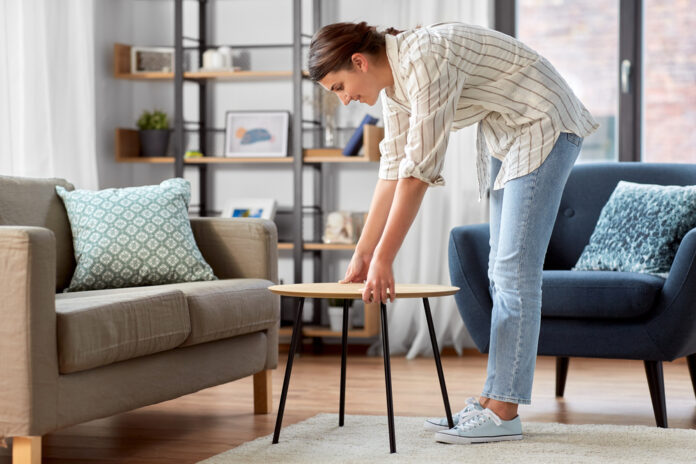Are you struggling to make the most of your living space? Arranging furniture for optimal space utilization can transform your home into a functional and welcoming environment. Whether you’re dealing with a compact apartment or a spacious house, the way you position your furniture plays a crucial role in maximizing space and enhancing comfort.
Establish a Focal Point
Before moving any furniture, it’s essential to decide on the room’s focal point. This could be a natural feature like a fireplace or a large window, or something you introduce, such as a significant piece of artwork or a flat-screen TV. Identifying the focal point will guide your furniture arrangement and help create a cohesive look.
Avoid Overcrowding
One common mistake is packing too much furniture into a single room. Each piece should have enough space to “breathe” and not obstruct natural pathways. Ensuring there’s clear space to walk between the sofa and coffee table, for instance, enhances movement and functionality. Avoiding overcrowding keeps your space feeling open and inviting.
Design a Smart Layout
Consider how you plan to use the room and arrange the furniture accordingly. In a multimedia room, for example, seating should face the television, with additional chairs or ottomans available for extra guests. Functionality should take precedence to ensure the space meets your needs effectively. Creating a smart layout can make a significant difference in how you experience your home.
Don’t Push Furniture Against the Walls
Resist the urge to line up all your furniture along the walls. Floating furniture, especially in larger rooms, can create intimate conversation zones and improve the flow of the space. In smaller rooms, carefully consider each piece’s placement to avoid unnecessary negative space. Floating furniture can make a room feel more spacious and inviting.
Achieve Visual Balance
Mixing different styles and weights of furniture can help maintain visual balance. Pairing a hefty sofa with a delicate coffee table, for instance, can create an aesthetically pleasing contrast. Incorporate repetitive colors and shapes to unify the room’s design. Maintaining visual flow ensures a harmonious look throughout your space.
Correct Rug Placement
Area rugs can define zones within a room and add warmth. Ensure that your rug is appropriately sized and positioned under furniture, with at least the front legs of larger pieces resting on it. This not only enhances comfort but also ties different elements of the room together. Proper rug placement is key to a cohesive design.
Prioritize Functionality and Comfort
In bedrooms and dining areas, comfort and accessibility should be top priorities. Make sure there’s enough room to move around the bed and that dresser drawers can open fully. In dining rooms, arrange furniture to allow for easy movement, especially when carrying dishes or serving meals. Focusing on functionality enhances the practicality of your space.
General Tips for Better Space Utilization
- Start with the Largest Piece: Begin arranging your room by placing the largest piece of furniture first, such as the sofa in the living room or the bed in the bedroom.
- Use the 2/3 Rule: Large furniture pieces should occupy about two-thirds of the available wall or floor space. This helps maintain balance and prevents the room from feeling cramped or too empty. Applying the 2/3 rule can guide your furniture selection and placement.
- Define Zones in Open Spaces: In open-concept living areas, use furniture arrangement to create distinct zones. Area rugs, bookcases, or sofas can act as subtle dividers without the need for walls.
- Consider Traffic Flow: Ensure there’s enough space for people to walk through the room comfortably. Narrow passageways can make a room feel tight and less welcoming.
- Experiment with Layouts: Don’t be afraid to try different furniture arrangements. Sometimes, moving a piece to a new spot can dramatically change the feel of the room.
Conclusion
Arranging furniture for better space utilization is a blend of art and science. By focusing on functionality, flow, and visual balance, you can create a home that not only looks beautiful but also feels comfortable and inviting. Remember, the goal is to make your space work for you, reflecting your lifestyle and personal taste.


